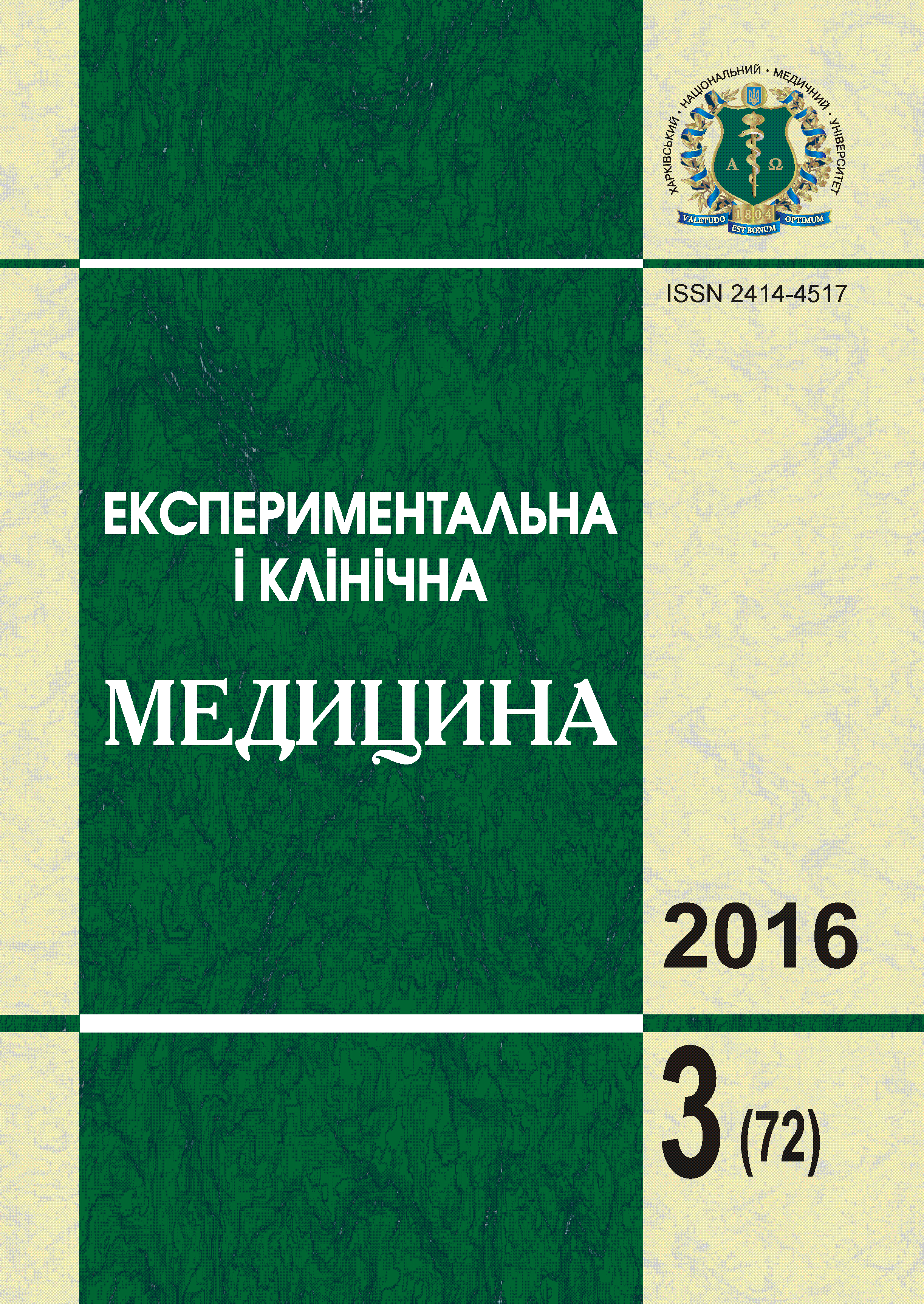Анотація
Представлено результати анкетування 105 медичних працівників середньої ланки урологічного стаціонара з питань дотримання і прихильності гігієні рук у професійній діяльності. Показано, що в стаціонарі існують чітко розроблені правила обробки рук. 75,3 % середніх медичних працівників упевнені, що повністю дотримуються цих правил. Дотримуються правил гігієни рук після торкання поверхонь у палаті пацієнтів лише 33,35 % опитаних. Правильної послідовності дій при митті рук дотримуються 70,8 % медичних працівників, при гігієнічній антисептиці рук – 62,2 %, при хірургічній обробці рук – 37,7 % опитаних. Недостатню увагу приділяють середні медичні працівники обробці рук після операції та догляду за шкірою рук. Слід посилити контроль за безперебійним забезпеченням відділень лікарень спиртовими антисептиками й рідким милом і передивитися норми навантажень на медичних сестер для забезпечення можливості якісного медичного обслуговування пацієнтів.Посилання
Chenoweth C.E. Urinary tract infections / C.E. Chenoweth, S. Saint // Infect. Dis. Clin. North. Am. – 2011. – Vol. 25. – P. 103–117.
Nicolle L.E. Urinary catheter-associated infections / L.E. Nicolle // Infect. Dis. Clin. North. Am. – 2012. – Vol. 26. – P. 13–27.
Shuman K. Recognition and prevention of healthcare-associated urinary tract infections in the intensive care unit / K. Shuman, C.E. Chenoweth // Crit Care Med. – 2010. – Vol. 38. – P. 373–379.
Trends in catheter-associated urinary tract infections in adult intensive care units-United States, 1990–2007 / D.C. Burton, J.R. Edwards, A. Srinivasan et al. // Infect. Control Hosp. Epidemiol. – 2011. – Vol. 32. – P. 748–756.
Tambyah P.A. A prospective study of pathogenesis of catheter-associated urinary tract infections / P.A. Tambyah, K.T. Halvorson, D.G. Maki // Mayo Clin. Proc. – 1999. – Vol. 74. – P. 131–136.
Saint S. Biofilms and catheter-associated urinary tract infections / S. Saint, C.E.Chenoweth // Infect. Dis. Clin. North. Am. – 2003. – Vol. 17. – P. 411–432.
Boyce J.M. Guideline for hand hygiene in health-care settings. Recommendations of the Healthcare Infection Control Practices Advisory Committee and the HICPAC/SHEA/APIC/IDSA hand hygiene task force. Society for Healthcare Epidemiology of America/Association for Professionals in Infection ControlInfectious Diseases Society of America / J.M. Boyce, D. Pittet // MMWR Recomm. Rep. – 2002. – Vol. 51 (RR-16). – P. 1–45.
Infectious Diseases Society of America and the Society for Healthcare Epidemiology of America guidelines for developing an institutional program to enhance antimicrobial stewardship / T.H. Dellit, R.C. Owens, J.E. McGowan Jr et al. // Clin. Infect. Dis. – 2007. – Vol. 44. – P. 159–177.
Translating healthcare-associated urinary tract infection prevention research into practice via the bladder bundle / S. Saint, R.N. Olmsted, M.G. Fakih et al. // Jt. Comm. J. Qual. Patient Saf. – 2009. – Vol. 35 (9). – P. 449–455.
Endemic cross-infection in an acute medical ward / S.S. Bukhari, P.J. Sanderson, D.M. Richardson et al. // J. Hosp. Infect. – 1993. – Vol. 24. – P. 261–271.
Findings of the International Nosocomial Infection Control Consortium (INICC), part I: effectivenesss of a multidimensional infection control approach on catheter-associated urinary tract infection rates in pediatric intensive care units of 6 developing countries / V.D. Rosenthal, B. Ramachandran, L. Ducnas et al. // Infect. Control. Hosp. Epidemiol. – 2012. – Vol. 33. – P. 696–703.
Impact of a multidimensional infection control strategy on catheter associated urinary infection rates in the adult intensive care units of 15 developing countries: findings of the International Nosocomial Infection Control Consortium / V.D. Rosenthal, S.K. Todi, C. Alvarez-Moreno et al. // Infection. – 2012. – Vol. 40. – P. 517–526.
Eliminating catheter-associated urinary tract infections, part I: avoid catheter use / M. Winter, B. Helms, L. Harrington et al. // J. Healthc Qual. – 2009. – Vol. 31. – P. 8–12.
A continuous quality-improvement program reduces nosocomial infection rates in the ICU / B. Misset, J.F. Timsit, M.F. Dumay et al. // Intensive Care Med. – 2004. – Vol. 30. –P. 395–400.
Jaggi N. Multimodal supervision programme to reduce catheter associated urinary tract infections and its analysis to enable focus on labour and cost effective infection control measures in a tertiary care hospital in India / N. Jaggi, P. Sissodia // J. Clin. Diag. Res. – 2012. – Vol. 6. – P. 1372–1376.
